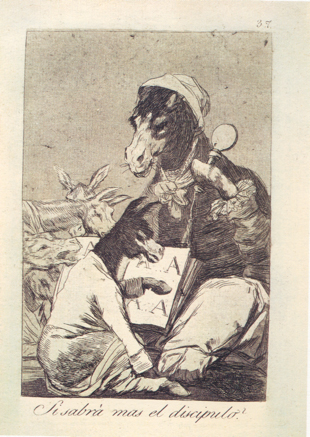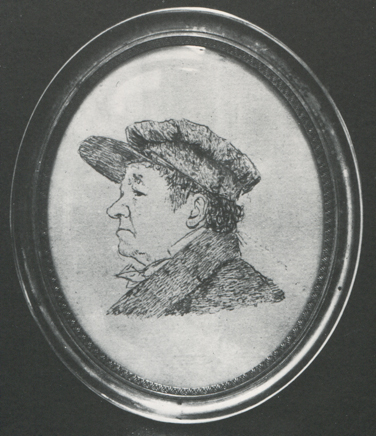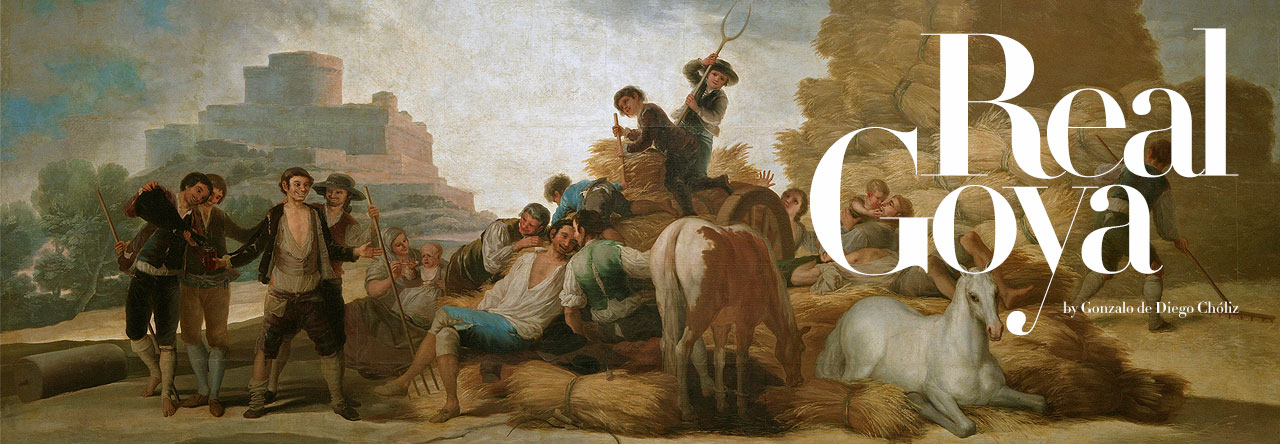Because for me there is no doubt that how Muti speaks of music can certainly be applied to the arts in general and specific work of Goya in particular, because I am convinced that this thought depressed the furrow of our time, by muddy it is, the same thing that did in the Spain of the late 18th century and early 19th. And I say this also for what I’m writing now in a forced subsection, well away from my will, to significantly lower tone of the hitherto transcribed. And I do so recalling a well-known Spanish philosopher -whose name I’d rather not to remember- specialized in so called emotional intelligence, who told me years ago (1997) with staggering emphatically that Art, after Picasso, had died. As would say the great Álvaro Delgado, to hear that I was stunned, looking at the world with chicken eyes. There was no way to convince him on the contrary and since that time I attended his so convinced as insensitive mistake, with a good dose of patience and forced benevolence. That left me baffled, invaded with a point of bitterness and stunned with such empty dare.
It’s been years, not less than eighteen, and the character still shines here and there in my country, in attitude of worldliness with identical and bold arrogance, but continues at least, unavailable to the controversy, sure of his mistakes and superbly self-absorbed, if you allow me the irony.

37 Si sabrá más el discípulo ? (Caprichos)
Aguafuerte, aguatinta y buril
218 x 153 mm.
Another thing is, however that, in 2016, says this veteran of the Spanish art of the 20th, Eduardo Arroyo, when he flatly says that contemporary art is a s… (sic), because it is neither art nor is anything. At least he knows, and very well, what he speaks. Theirs is not I pose; it is not overacting nor pedantic verbiage. He is not one of those that lift the little finger to the picture. This one does understand Muti very well, because has lived the same inside and knows, as the Italian, that Art today is waiting, and because has permanent doubt that still do not know how long will resist.
Ravasi dialogues with Muti and says: “the idea of waiting for a great composer seems very suggestive. I imagine him with a mysterious face, which some contours can be seen, however. The first is the possibility of presenting the profile of a man who has finally come to the absolute essentiality. A second aspect is the find a musical model that is perhaps very different from the 20th century, but somehow comes from the desert, from tabula rasa of the century that has just barely finished.
It is as if at a certain time, man had need of injury and almost destroyed (and the destruction of the musical tradition is a dramatic event, I have no doubt about this) to be back, nude, facing the pure Be. Ultimately, each waiting hides always the desire to reach the highest level, the last identity, gold that hold together the existing node and sense, feel”.
Muti: “at this time it is as if we were on a curve: we can’t see in front of us, but looking back we don’t need more. We have to wait, with the certainty that the great music (Great Art, I say) never comes only from the mind of man. The adagio of the second movement of the Tchaikovsky 5th, for example, is simple, but it is far from trivial. In fact, it has in itself something that seems downright divine. The whole life of Mozart, then, was crossed by these glares of absolute beauty. Contemporary music (and Art), on the other hand, with all the extravagance of its complexity and media, is like a river that flows into arena.”

Autorretrato con gorrilla
Today, January 2016, I believe that our great Goya, the deaf, had assisted delighted at this meeting. He would quite possibly have some kind of intervention. It is the great advantage; it is the wonder of listening to people who have much more than hair on their heads. People that do not deceive themselves and that tries, with simplicity but with creative audacity, listen to the heavenly music.
Gonzalo de Diego

Leave a Reply